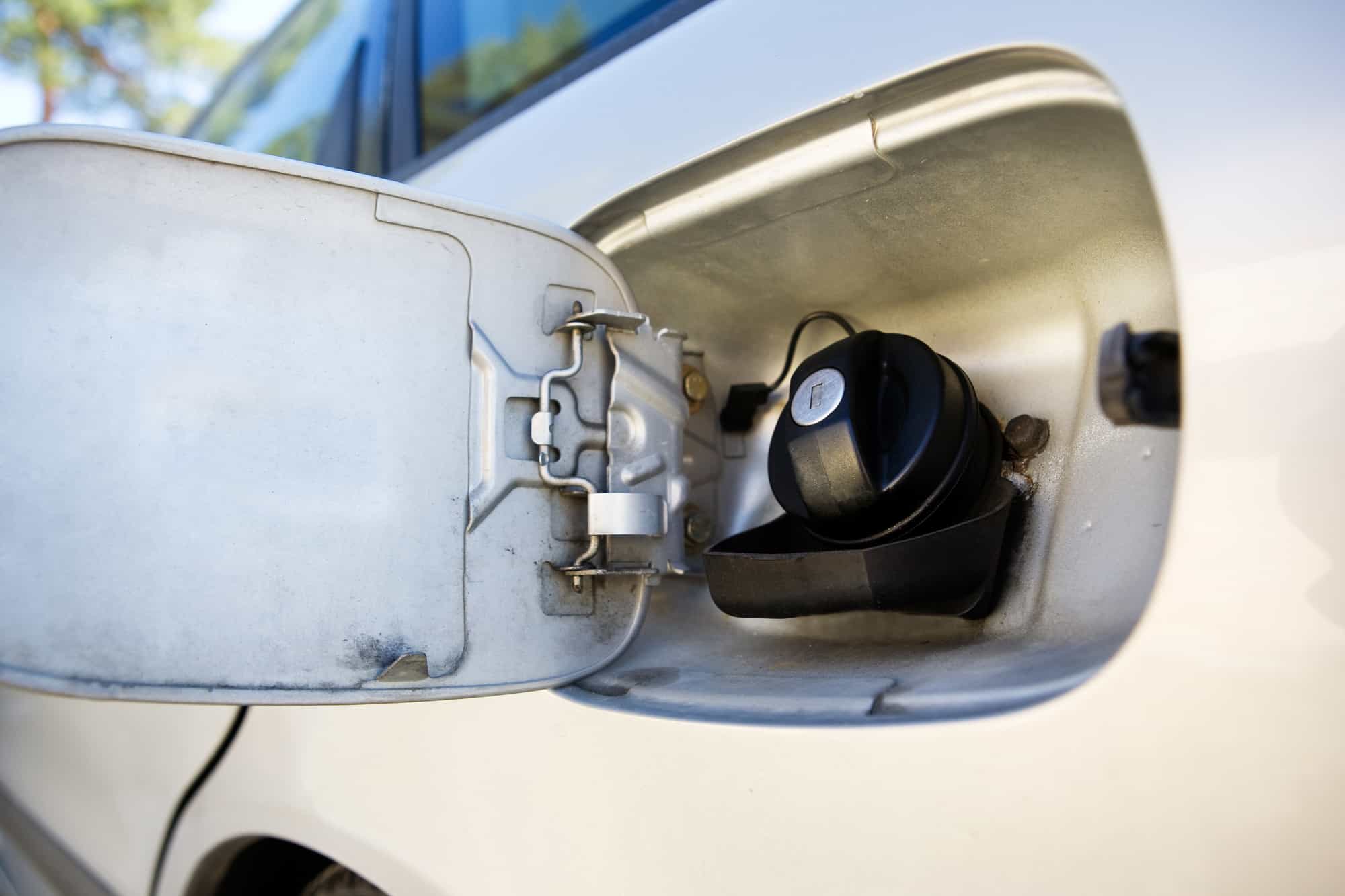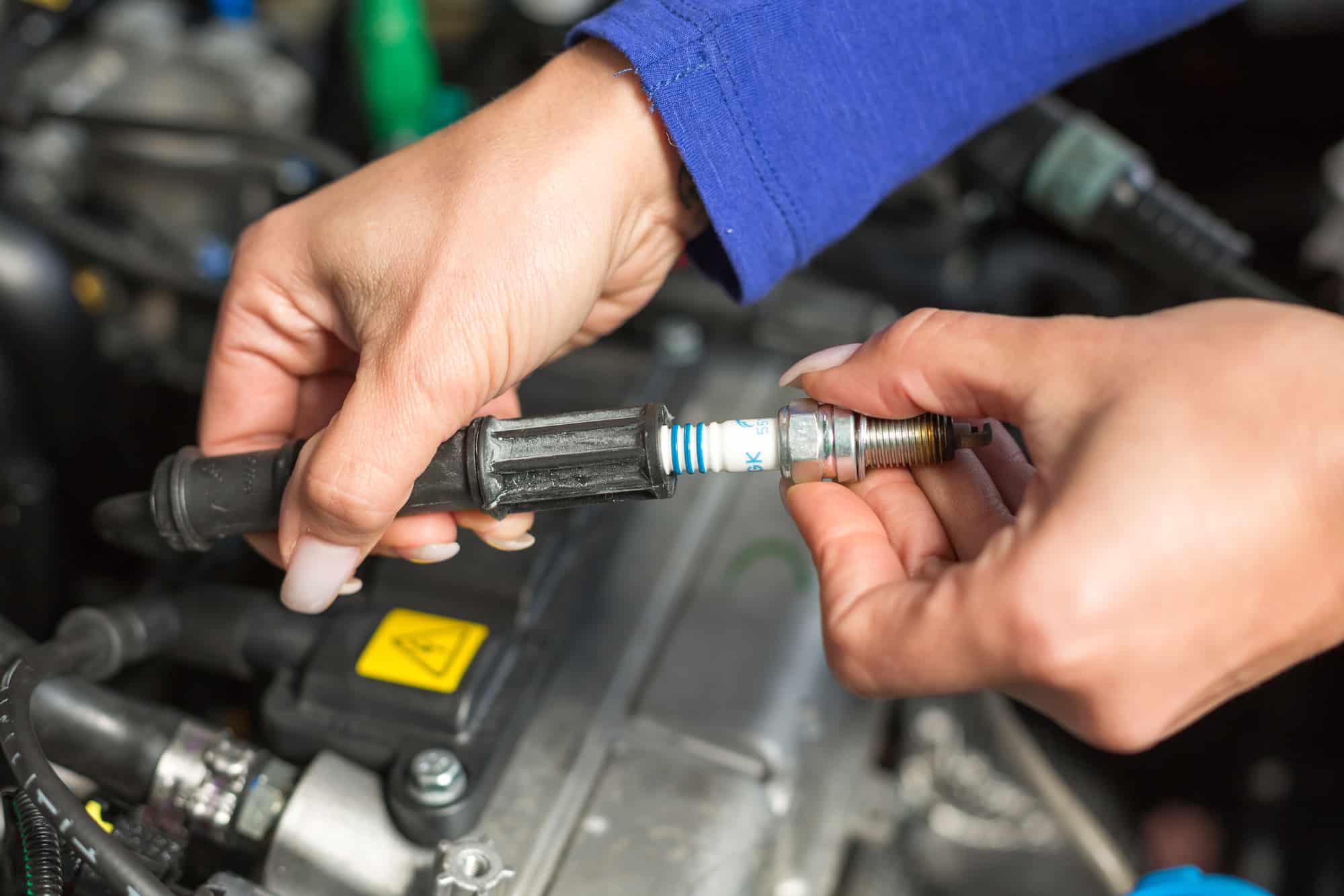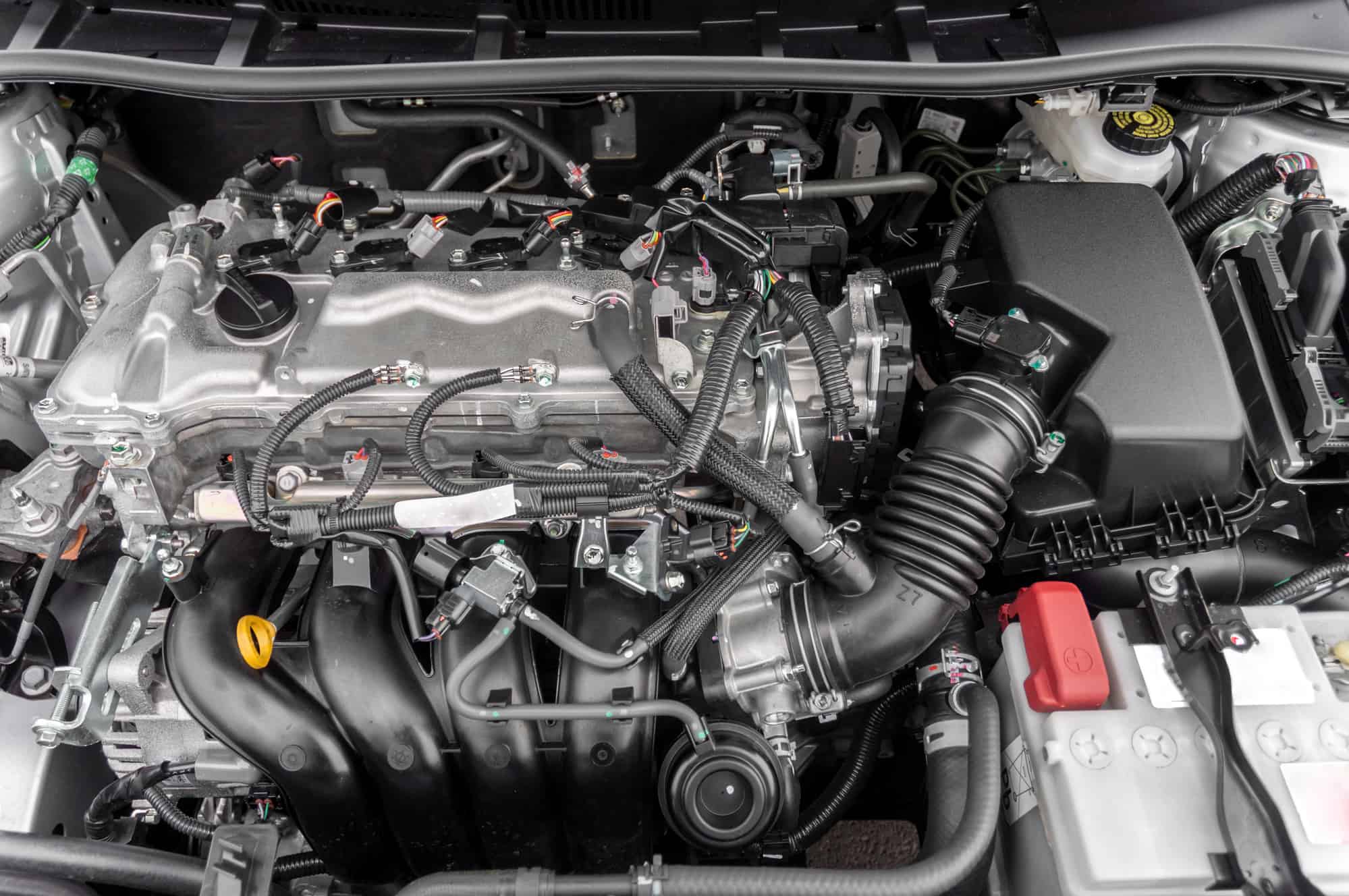If you’ve ever encountered the C0131 code related to ABS System Pressure Circuit Malfunctions, you understand the importance of addressing it promptly. This issue can affect various components vital for your vehicle’s braking system. From warning lights to compromised stability, the symptoms can be concerning. Understanding the causes, symptoms, and diagnostic steps can help you navigate through this challenge effectively.
Key Points
- Common causes include brake pressure sensor issues and ABS Pressure Circuit problems.
- Symptoms may include warning lights for ABS, erratic braking behavior, and C0131 code.
- Diagnostic procedures involve checking sensors, ABS, and wiring for faults causing the code.
- Repair options include inspecting sensors, replacing Brake Pressure Modulator Valve, and addressing pressure circuit problems.
- Timely professional ABS system repairs are crucial for safety, braking performance, and cost savings.
Common Causes of C0131 Code
If you’re experiencing the C0131 code, common causes often revolve around issues with the brake pressure sensor. The brake pressure sensor plays an important role in the ABS system, monitoring the pressure within the system to guarantee proper functioning. When this sensor malfunctions, it can trigger the C0131 code.
Other potential causes include problems with the ABS Pressure Circuit, Brake Pressure Modulator, or Control Module (EBCM). Issues with the wheel speed sensor, Brake Control Module, or even the brake pedal itself can also lead to the C0131 code. Faulty connections, wiring problems, or ABS module malfunctions are common culprits.
Also, problems related to power steering or Traction control can sometimes contribute to the C0131 code. Proper diagnosis and repair of these components are essential to effectively resolve the C0131 code and ensure the ABS system functions correctly.
Symptoms of ABS Pressure Circuit Malfunction
Experiencing a malfunction in the ABS Pressure Circuit can manifest through warning lights for ABS, traction control, and stability control systems. When these lights illuminate, it indicates potential issues with the ABS Pressure Circuit that might compromise vehicle stability.
The symptoms of ABS Pressure Circuit Malfunction may lead to erratic braking behavior, where the brakes could engage unexpectedly or inconsistently. This erratic braking can affect the overall stability of the vehicle, making it unsafe to drive under such conditions.
The presence of the C0131 code points to a communication issue within the ABS system’s pressure circuit, highlighting the need for a prompt diagnosis and resolution to ensure safe driving.
If you notice warning lights related to ABS, traction control, or stability control systems, it’s essential to address these issues promptly to prevent further complications and maintain peak vehicle safety on the road.
Diagnostic Procedures for C0131 Code
To diagnose the C0131 code indicating a malfunction in the ABS system pressure circuit, start by checking brake pressure sensor readings and brake pedal position sensor calibration. Confirm that the speed sensors, Anti-Lock Braking System (ABS), and Brake Switch are functioning correctly.
Conduct diagnostic procedures to inspect the brake pressure sensor and the brake pedal position sensor for any abnormalities. Also, perform wiring inspections to detect any faults that could be causing the C0131 code.
It’s crucial to include sensor inspections in your diagnostic process to identify any sensor-related issues. If needed, relearning procedures for the brake pedal position sensor and steering angle sensors may be necessary to recalibrate them accurately.
Importance of Addressing ABS System Malfunctions
Addressing ABS system malfunctions promptly is important to guarantee excellent braking performance and prevent further damage to related components. When ABS warning lights illuminate on your dashboard, it indicates potential issues that can compromise your vehicle’s safety.
Loss of traction control and stability features may occur if these malfunctions are left unattended. To maintain top-notch braking function and uphold vehicle safety, seeking informed professional advice is essential. An ASE Master Tech can provide accurate diagnosis and repair solutions for ABS system malfunctions.
Electronic Brake Control plays an essential role in modern vehicles, and any issues should be addressed promptly to maintain its effectiveness. Remember, the ABS system is a key component in enhancing braking performance and overall vehicle safety.
Regular maintenance and inspections can help prevent system failures, but immediate action is necessary when malfunctions arise to keep your ABS system functioning at its best.
Repair Options for Pressure Circuit Issues
For effective resolution of ABS system pressure circuit malfunctions, inspecting key components like the brake pressure sensor assembly and brake pedal position sensor is essential. If you encounter the C0131 code indicating a pressure circuit malfunction, here are some repair options to contemplate:
- Inspect Brake Pressure Sensor Assembly: Check for any signs of damage, corrosion, or loose connections in the brake pressure sensor assembly. Confirm it’s functioning correctly to maintain accurate pressure readings.
- Check Brake Pedal Position Sensor: Verify the proper operation of the brake pedal position sensor. A faulty sensor can lead to incorrect pressure distribution within the ABS system, triggering the C0131 code.
- Replace Brake Pressure Modulator Valve (BPMV) Assembly: If the issue persists, replacing the BPMV assembly may be necessary to address the pressure circuit problem effectively.
Preventive Maintenance Tips for ABS System
Consistently maintaining your ABS system is vital to guaranteeing peak performance and safety on the road. To keep your ABS system in top condition, regularly check the brake fluid levels. Low fluid levels can compromise the system’s operation, leading to potential malfunctions. Also, inspect the brake lines and hoses for any signs of leaks or damage. Faulty brake lines can disrupt the pressure within the system, affecting its effectiveness.
Monitoring tire pressure is also essential for maintaining peak traction control and ABS functionality. Proper tire pressure ensures that the ABS system can function efficiently in various road conditions. Don’t forget to schedule periodic ABS system diagnostics to detect any potential issues early on. Following the manufacturer’s recommended service intervals for ABS system components is crucial in preventing malfunctions. By staying vigilant with these preventive maintenance tasks, you can help ensure that your ABS system operates effectively and keeps you safe on the road.
Impact of C0131 Code on Traction Control
To understand the impact of the C0131 code on traction control, consider its role in your vehicle’s safety and handling. Here are three key points to grasp the implications of this malfunction:
- Traction Control Impairment: The presence of the C0131 code signifies a malfunction in the ABS system’s pressure circuit, directly affecting the traction control system. When traction control is compromised, your vehicle may struggle to maintain stability on slippery surfaces or during sudden maneuvers.
- Brake Pressure Regulation: The ABS system’s primary function is to modulate brake pressure to prevent wheel lock-up. With the C0131 code at play, this crucial regulation might be disrupted, leading to potential wheel lock-up situations that can jeopardize your control over the vehicle.
- Impact on Safe Driving: Resolving the C0131 code promptly is important for ensuring safe driving conditions. By addressing this issue promptly, you can restore efficient operation of the traction control system, enhancing your vehicle’s overall safety and your ability to maintain control in various driving scenarios.
Can ABS Control Module Relay Faults Lead to ABS System Pressure Circuit Malfunctions?
Yes, abs control module relay faults can indeed lead to ABS system pressure circuit malfunctions. It is important to promptly address any issues with the ABS control module relay to ensure the proper functioning of the ABS system and maintain safe driving conditions.
Safety Concerns With ABS Pressure Circuit Problems
When dealing with ABS pressure circuit problems, ensuring timely resolution is essential for maintaining safe braking performance and vehicle stability. Issues with the ABS pressure circuit can compromise the ideal braking performance and control required for safe driving. Malfunctions in this system can lead to erratic braking behavior, affecting the ABS system’s ability to assist during braking maneuvers and reducing overall vehicle stability.
Warning lights on the dashboard may indicate a problem with the ABS pressure circuit, highlighting a safety concern that should be addressed promptly. To uphold vehicle safety, it’s vital to have the ABS pressure circuit functioning correctly to support the anti-lock braking system in various driving conditions.
Addressing these concerns promptly will help preserve the safety of both the vehicle occupants and other road users by ensuring reliable braking performance and stable vehicle operation.
Professional Help for ABS System Repairs
For accurate diagnosis and repair of ABS issues, seeking professional help is highly recommended. When it comes to your vehicle’s ABS system, ensuring its proper function is important for your safety and stability on the road.
Here are three reasons why professional help is essential for ABS system repairs:
- Accurate Diagnosis: Expert technicians have the knowledge and specialized tools to accurately pinpoint the source of ABS system malfunctions, such as pressure circuit issues indicated by the C0131 code.
- Top-notch Braking Performance: Timely resolution of ABS system problems is key to maintaining top-notch braking performance. Professionals can efficiently address these issues to ensure your vehicle stops safely and effectively.
- Ensuring Vehicle Safety: The ABS system is a crucial component for vehicle safety. By relying on professional help, you can rest assured that your ABS system is functioning correctly, enhancing overall safety while driving. Don’t compromise on safety – seek professional assistance for ABS system repairs.
As an Amazon Associate we earn from qualifying purchases.










